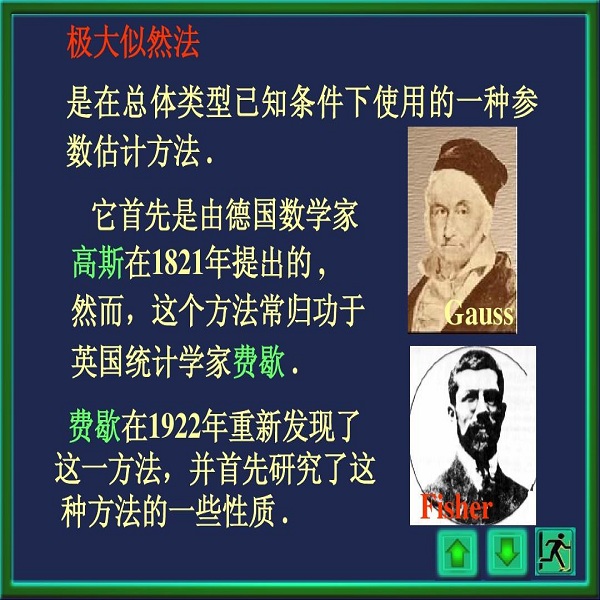Spectrum cartography (SC), also known as radio map estimation (RME), aims at crafting multi-domain (e.g., frequency and space) radio power propagation maps from limited sensor measurements. While early methods often lacked theoretical support, recent works have demonstrated that radio maps can be provably recovered using low-dimensional models -- such as the block-term tensor decomposition (BTD) model and certain deep generative models (DGMs) -- of the high-dimensional multi-domain radio signals. However, these existing provable SC approaches assume that sensors send real-valued (full-resolution) measurements to the fusion center, which is unrealistic. This work puts forth a quantized SC framework that generalizes the BTD and DGM-based SC to scenarios where heavily quantized sensor measurements are used. A maximum likelihood estimation (MLE)-based SC framework under a Gaussian quantizer is proposed. Recoverability of the radio map using the MLE criterion are characterized under realistic conditions, e.g., imperfect radio map modeling and noisy measurements. Simulations and real-data experiments are used to showcase the effectiveness of the proposed approach.
翻译:虽然早期方法往往缺乏理论支持,但最近的工作表明,利用低维模型 -- -- 如高频分解模型(BTD)和高维多域无线电信号的某些深层基因化模型(DGMS) -- --,无线电地图可以可辨别,然而,这些现有的可辨别的SC方法假定传感器向聚变中心发送实际价值(全分辨率)测量数据是不现实的,这项工作提出了一个量化的SC框架,将BTD和DGM的SC概括到使用高分度传感器测量的情景中,提出了在高频孔径仪下最大可能性估计(MLE)的SC框架。</s>




